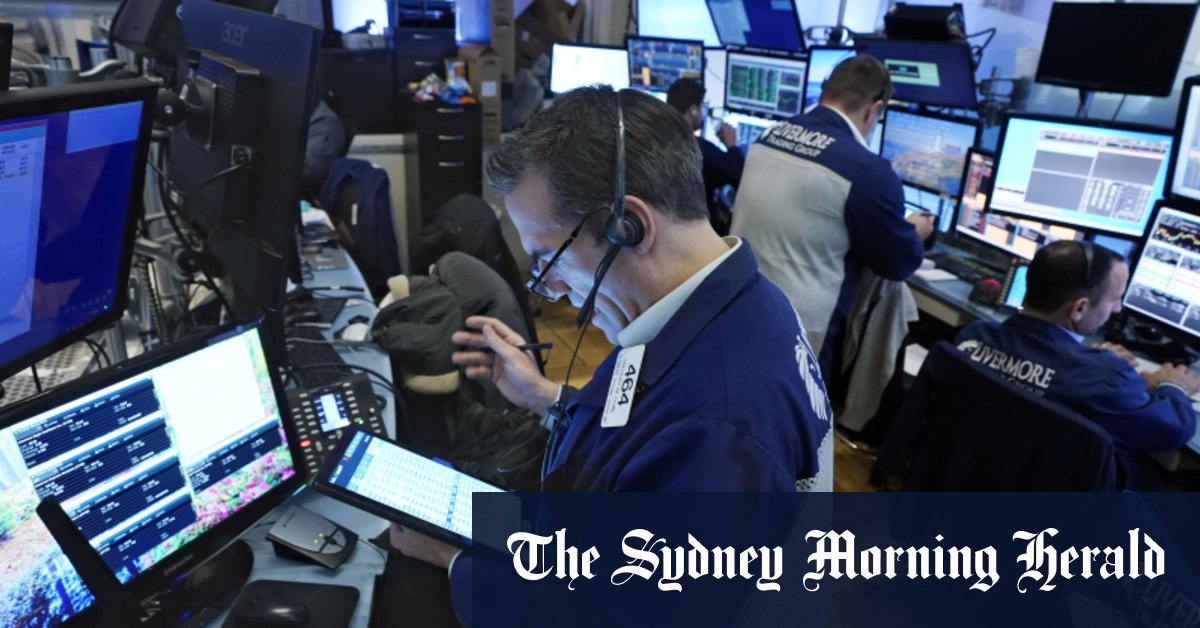
Cruise line operators rose after Carnival gave an optimistic forecast for 2022, despite growing concerns about the recent rise in COVID cases worldwide. Carnival gained 3.5%, while Royal Caribbean rose 0.4% and Norwegian Cruie Line added 1.7%.
Omicron’s ultimate impact on the economy is unclear. Besides weakening it by putting restrictions on businesses, another feared outcome is that it could push inflation even higher. If it leads to closures at ports, factories and other key points of the long global supply chains leading to customers, already ensnarled operations could worsen.
Such troubles helped drive prices at the consumer level in November up 6.8 per cent from a year earlier, the fastest inflation in nearly four decades.
But some economists argue that omicron could have the opposite effect: If the variant leads to lockdowns or scares consumers into staying home, economic activity could slow, and with it, the surging demand that has overwhelmed supply chains and driven up consumer prices
“There’s been a lot of pent-up demand that’s been satisfied and I think the consumer is becoming much more price-conscious,” said Christopher Harvey, head of equity strategy at Wells Fargo Securities.
The worst-case scenario would see the economy decelerate without providing relief from already built-in inflation.
“The rapidly spreading Omicron variant appears likely to lead to a transitory winter chill,” economists Lydia Boussour and Gregory Daco of Oxford Economics wrote in a research report last week. They say the Federal Reserve could face a “delicate” task figuring out how to deal with an economic slowdown that coincides with high inflation.
Loading
The yield on the two-year Treasury slumped to 0.63 per cent from 0.66 per cent late Friday. That’s a sharp turnaround from its strong rise over recent months, built on expectations the Fed may begin raising short-term interest rates in 2022 to quell inflation.
The yield on the 10-year Treasury inched up to 1.42 per cent from 1.40 per cent late Friday.
Given high inflation that has lasted longer than expected, the Fed last week targeted an earlier end for its program to buy billions of dollars of bonds each month, which is meant to keep long-term interest rates low. Many of its members also said they expect the Fed to raise short-term rates, which would be a more impactful move, three times in 2022.
Ultra low rates engineered by central banks around the world have been one of the major reasons stocks have soared through what’s been a mostly gilded year for investors.
The S&P 500 has surged more than 20% this year with relatively few sharp price swings. Nearly every time stocks swooned a bit, bargain hunters came in to push prices back to records.
This has been one of the best years of the past century for U.S. stocks when it comes to returns adjusted for risk, according to Goldman Sachs. And the S&P 500 is still within 4 per cent of its record set two Fridays ago.








